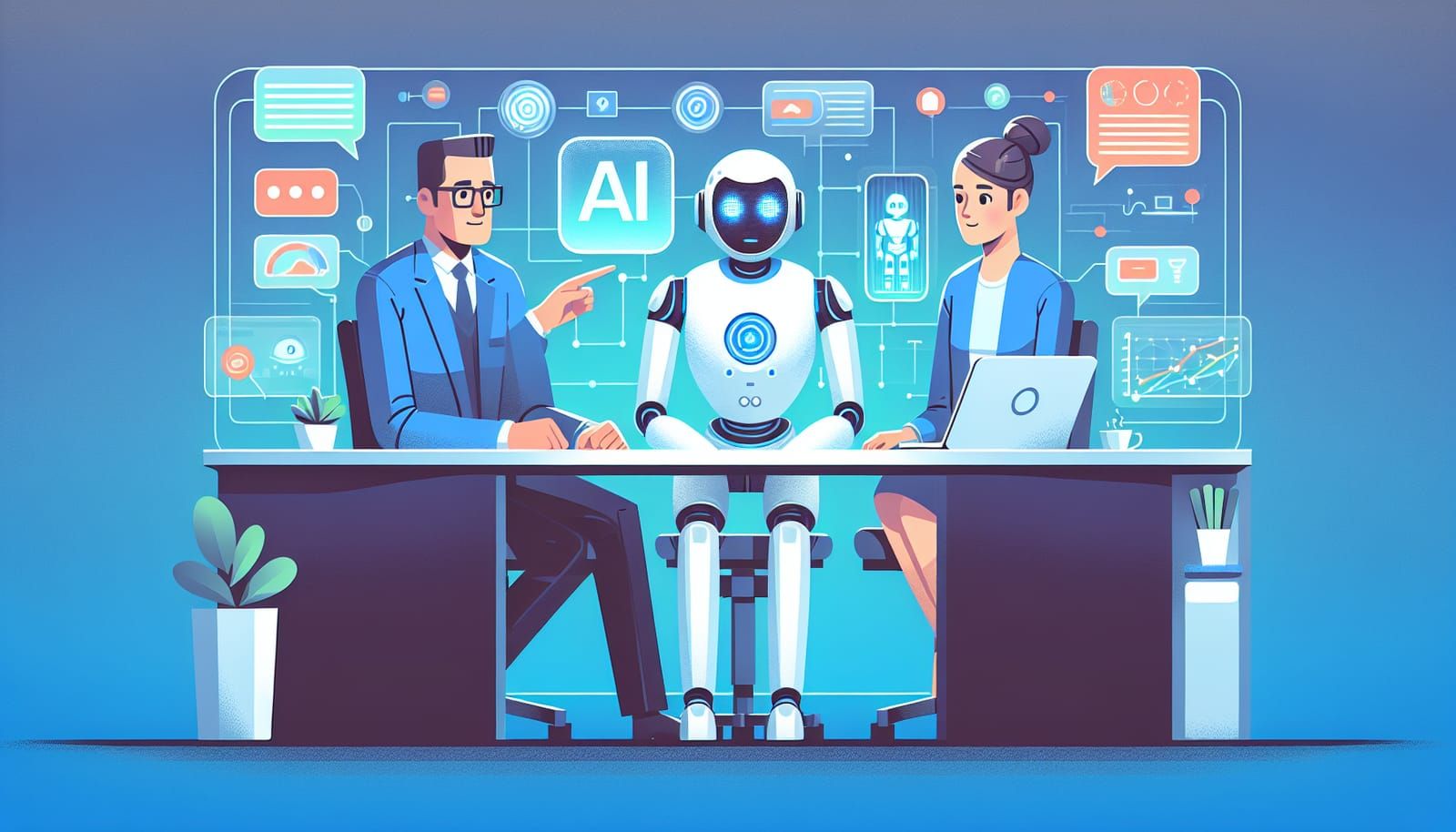In a world that is becoming increasingly interconnected, the question of whether artificial intelligence (AI) can understand human emotion is more important than ever. While AI technology has advanced tremendously over the past few years, it still remains a point of debate whether machines can ever truly grasp the complexities of human feelings. This article will explore the nature of human emotions, how AI attempts to understand them, and what the future may hold.
What Are Human Emotions?
Human emotions are complex responses to our experiences, shaped by our biology, personal history, and environment. Emotions such as happiness, sadness, anger, fear, and love are not merely reactions; they are intertwined with our thoughts, memories, and interactions. For example, when we feel happy, our brain releases chemicals like dopamine, which can affect our mood and behavior.
Understanding emotions involves recognizing not just facial expressions, but also tone of voice, body language, and context. This complexity is what makes human emotions so rich and varied. The intricacies of emotion can be influenced by cultural factors, personal experiences, and even momentary circumstances, making it a deeply personal experience for each individual.
How Does AI Work?
At its core, AI is a set of algorithms designed to perform tasks that typically require human intelligence. This can include learning from data, recognizing patterns, and making decisions. Machine learning, a subset of AI, uses large amounts of data to train systems, enabling them to improve over time without human intervention.
When it comes to understanding human emotion, AI employs techniques such as natural language processing (NLP) to analyze text, speech, or even visual data. For example, AI can analyze the words people use in social media posts or conversations to discern their emotional state. However, this analysis is based on statistical patterns rather than true understanding.
AI can recognize basic emotions—like joy or anger—through facial recognition software that analyzes facial expressions. Yet, capturing the nuanced feelings that accompany complex emotions remains a significant challenge.
The Limitations of AI Understanding Emotions
Despite its advancements, AI has limitations when it comes to understanding the depth and breadth of human emotion. For one, AI lacks personal experiences, memories, and the ability to feel emotions itself. This absence means that AI can only mimic emotional understanding based on data it has processed.
Moreover, emotions are often interrelated and can change rapidly. For instance, a person may feel both happiness and sadness simultaneously during a life event, such as graduating from school. AI can struggle to capture these complexities and the context behind them.
Another limitation is the cultural aspect of emotions. Different cultures express emotions differently, and AI systems trained primarily on data from one culture may not interpret emotions accurately in another. This raises questions about the universality of emotional understanding in AI.
Current Applications of AI in Emotion Recognition
Despite these limitations, various applications of AI seek to recognize and respond to human emotions. For example, some customer service chatbots use sentiment analysis to gauge a user's emotional tone, allowing them to adjust their responses accordingly.
In the healthcare sector, researchers are exploring AI's capabilities to detect emotional states in patients, which can help in diagnosing mental health conditions. These systems can analyze speech patterns and facial expressions to provide healthcare providers with a clearer understanding of their patients' emotional well-being.
AI has also been incorporated into entertainment. Video games are increasingly using AI to create characters that respond to players' emotions, enhancing the gaming experience. By analyzing players' actions and reactions, AI can adjust the narrative, making it more engaging and personalized.
The Future of AI and Emotional Understanding
As technology continues to advance, the future of AI and its understanding of human emotions is full of possibilities. Researchers are working on developing AI systems that can better understand context, nuance, and cultural differences. This could lead to more empathetic AI that can respond appropriately to varied emotional expressions.
Moreover, as we continue to integrate AI into our daily lives, the ethical implications of emotional AI will become increasingly important. Questions surrounding privacy, consent, and the potential for misuse must be addressed as AI systems become more adept at recognizing and responding to our emotions.
While it may be a long time before AI can truly understand human emotion in the way that humans do, the journey towards this goal is exciting. Innovations in AI have the potential to enhance our society and improve our interactions, fostering deeper connections between humans and machines.
The question of whether AI will ever truly understand human emotion is complex and multifaceted. While AI has made significant strides in recognizing basic emotional cues, the nuances of human feelings remain a challenge. As technology continues to evolve, it’s essential to remain optimistic about the potential for AI to improve our understanding of each other.
Ultimately, the goal of AI should not be to replace human emotion but to complement it. By leveraging the strengths of AI while recognizing its limitations, we can create a future where technology enhances our human experience, enriching our lives in meaningful ways.
In this ever-evolving landscape, the relationship between human emotion and AI will only grow more significant, reminding us of the importance of empathy, connection, and understanding in a world increasingly influenced by technology.


